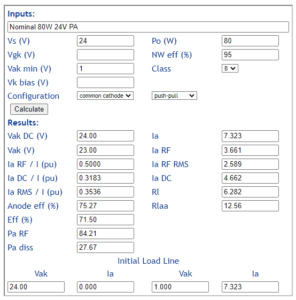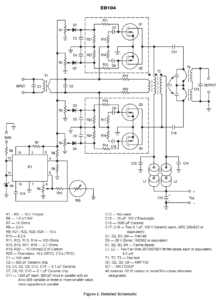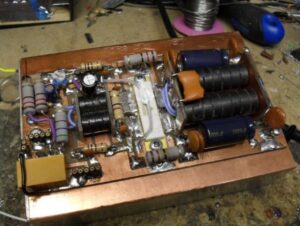This article is one in a series of a desk review, a pre-purchase study if you like, of the MiniPa100 kit widely sold on eBay and elsewhere online.
One of the first questions to mind is whether it is likely to deliver the rated power, so let’s review the MOSFET output circuit design from that perspective.
Sellers mostly seem to need to obscure the MOSFET type in their pics, so essentially you buy this with no assurance as to what is supplied, no comeback if the supplied MOSFET is not up to the task. Online experts suggest the MOSFET is probably a MRF9120 (or 2x IRF640 in a 70W build). The amplifier claims 100W from 12-16V DC supply.
Note that this module does not include the necessary output filter which will lose 5-10% of the power from this module.

In this case Carlos, VK1EA, connected a sample output transformer (T2) core from a recently purchased MiniPa100 kit to a EU1KY antenna analyser. The fixture is critically important, it is at my specification. Continue reading A desk review of the MiniPa100 kit – #1: characterise the output transformer
Last update: 11th June, 2021, 7:41 AM








